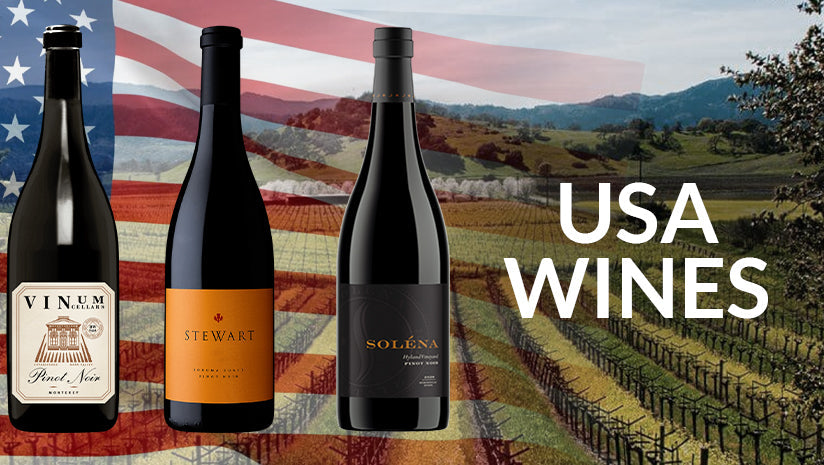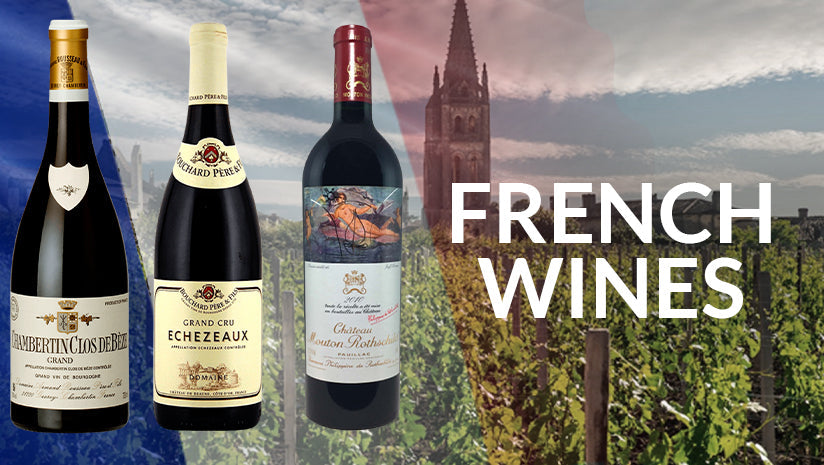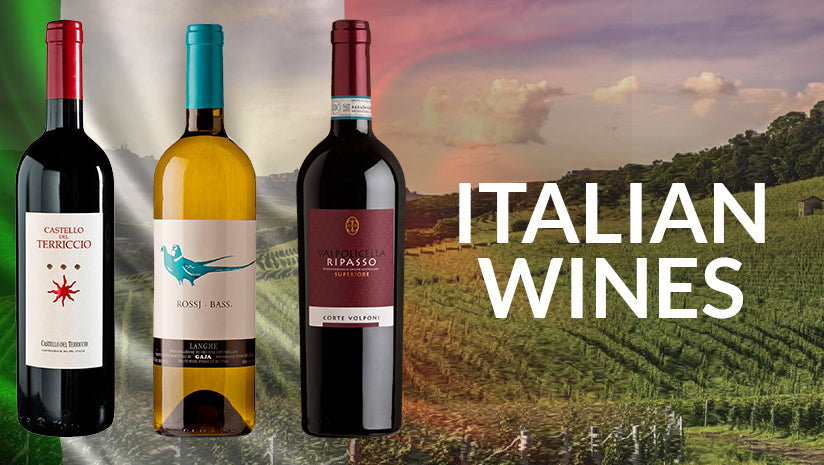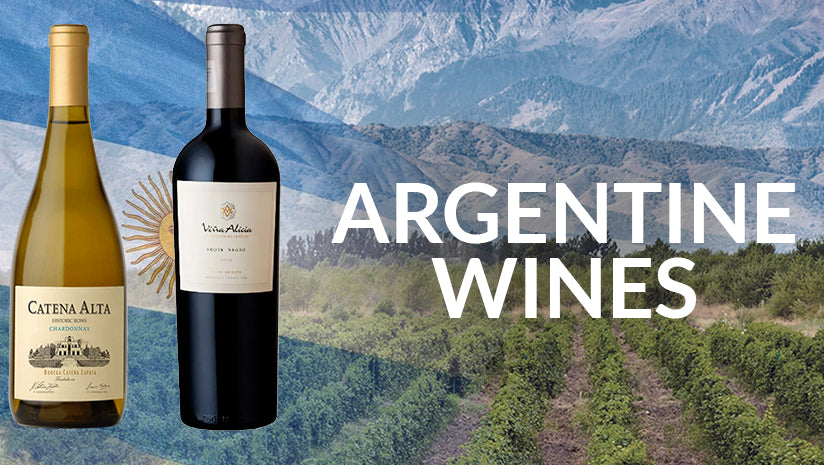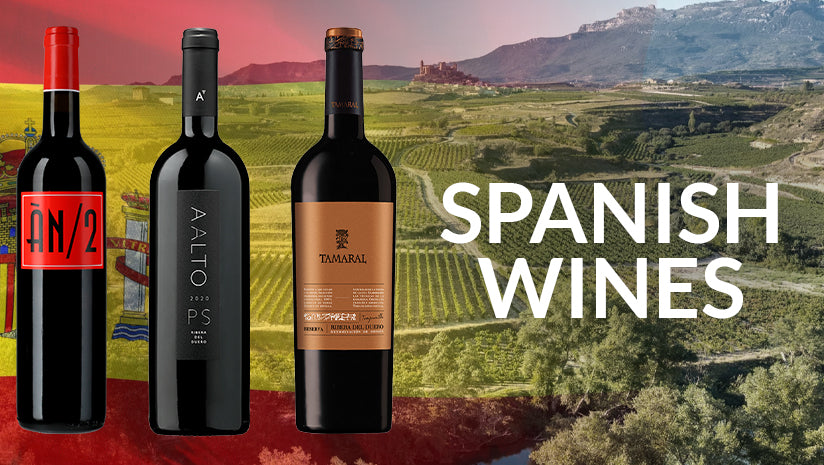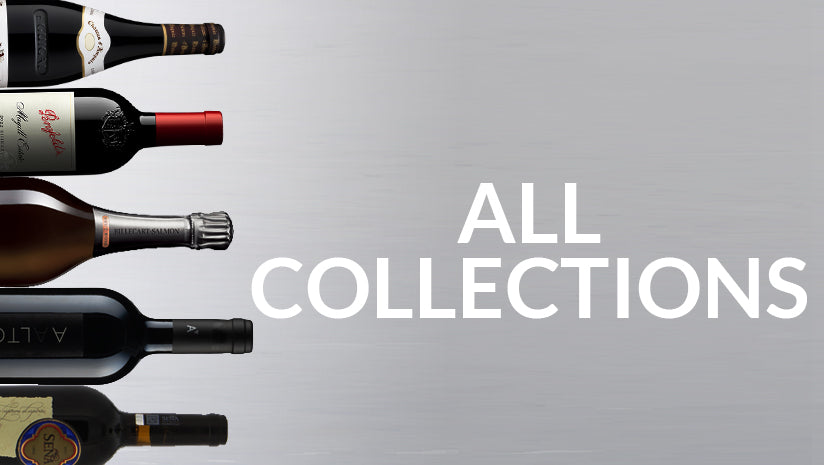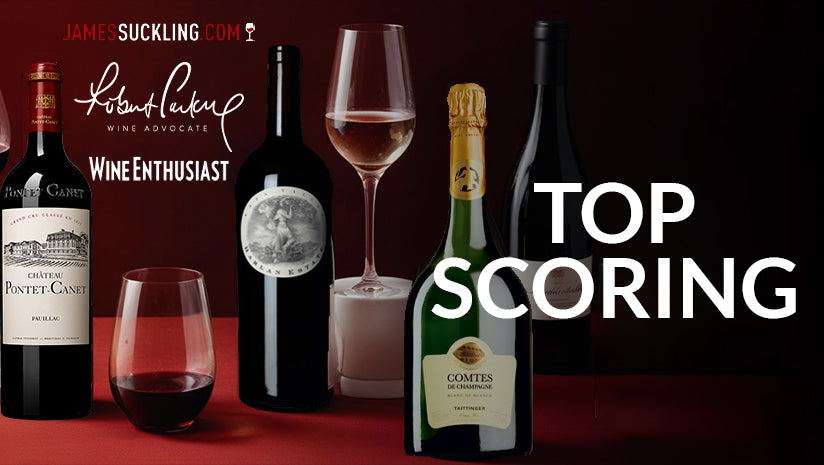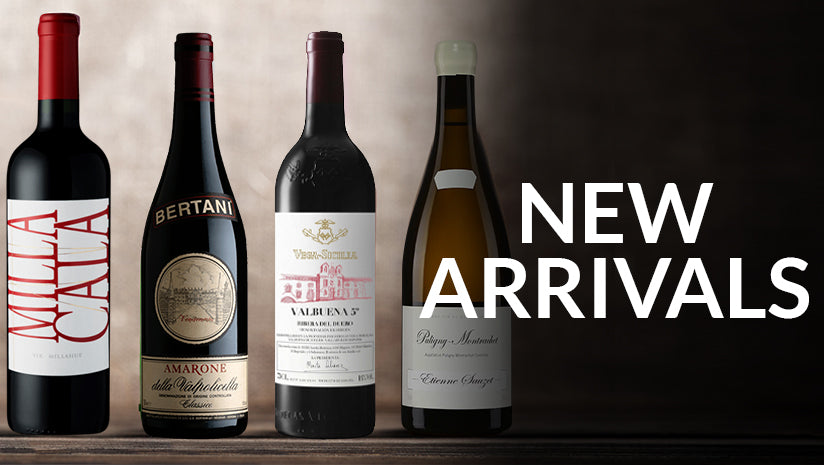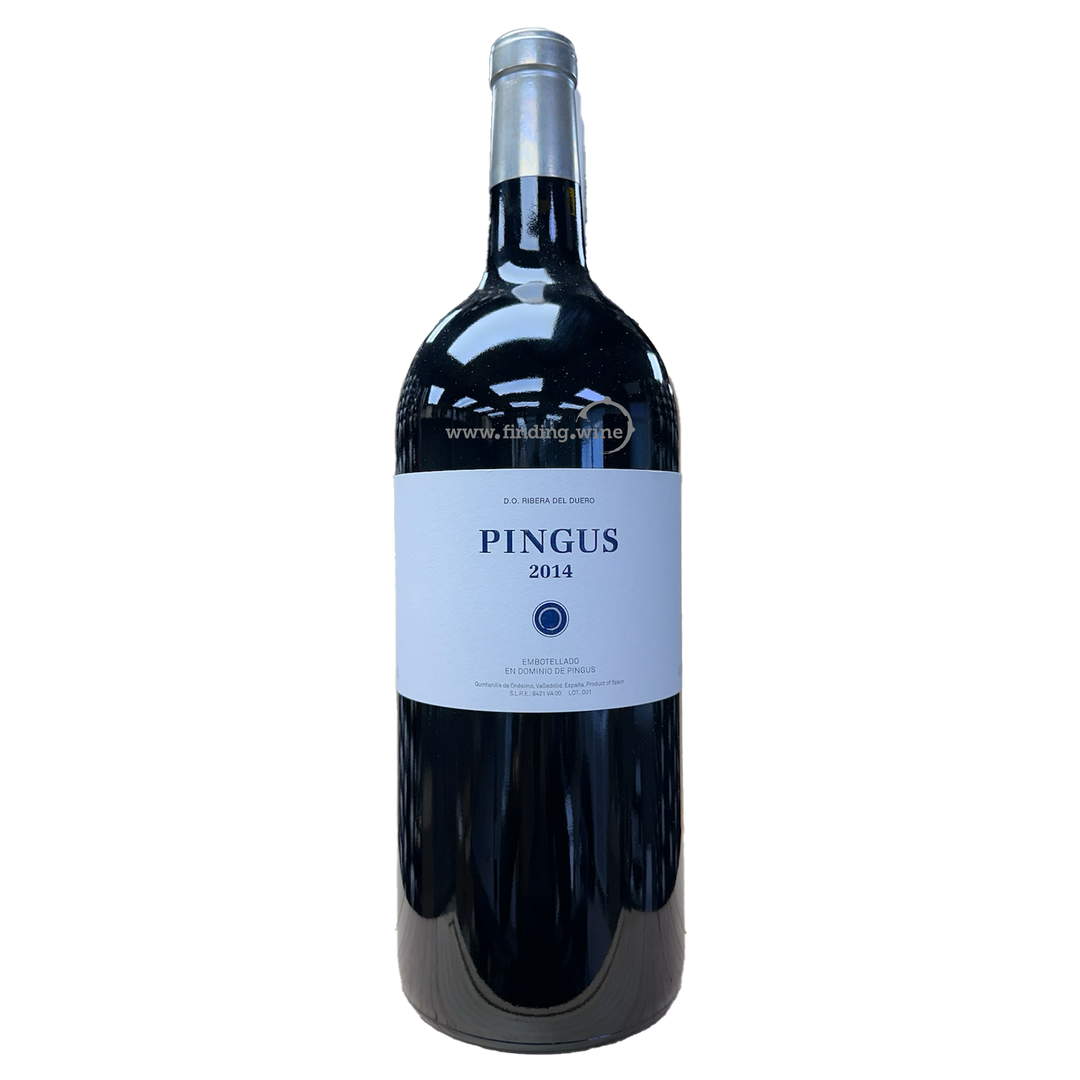
Dominio de Pingus - 2014 - Pingus - 3 L
SKU: A4035
- Low stock - 2 items left
- Backordered, shipping soon
DESCRIPTION
Spain - Ribera del Duero
Tempranillo
While other Spanish wines have achieved international recognition, Pingus is one of the very few that has joined the ranks of the world's most coveted wines. Like Coche-Dury's Corton-Charlemagne, Guigal's single-vineyard Cote Roties, or Giacomo Conterno's Monfortino, Pingus is known and admired wherever great wine is discussed. Pingus is produced by the visionary Danish winemaker Peter Sisseck. Peter arrived in Spain in 1993 to manage a new project, Hacienda Monasterio. While planting and developing Monasterio, he began to dream about the old vines he saw dotted around the Ribera del Duero landscape. By the 1995 vintage, Peter had found several ancient vineyards that inspired him to make his own wine. He called it ÒPingus," after his childhood nickname. One can only imagine what the reactions were like when Peter showed up in Bordeaux at the March 1996Êen primeurÊtastings. Yet, by the end of the week, Pingus was perhaps the greatest story of that season's futures campaign. Robert Parker announced the wine on the back cover of his Wine Advocate, bestowing an unheard of 96-100 point score. The world took notice, and Pingus was on its way.


